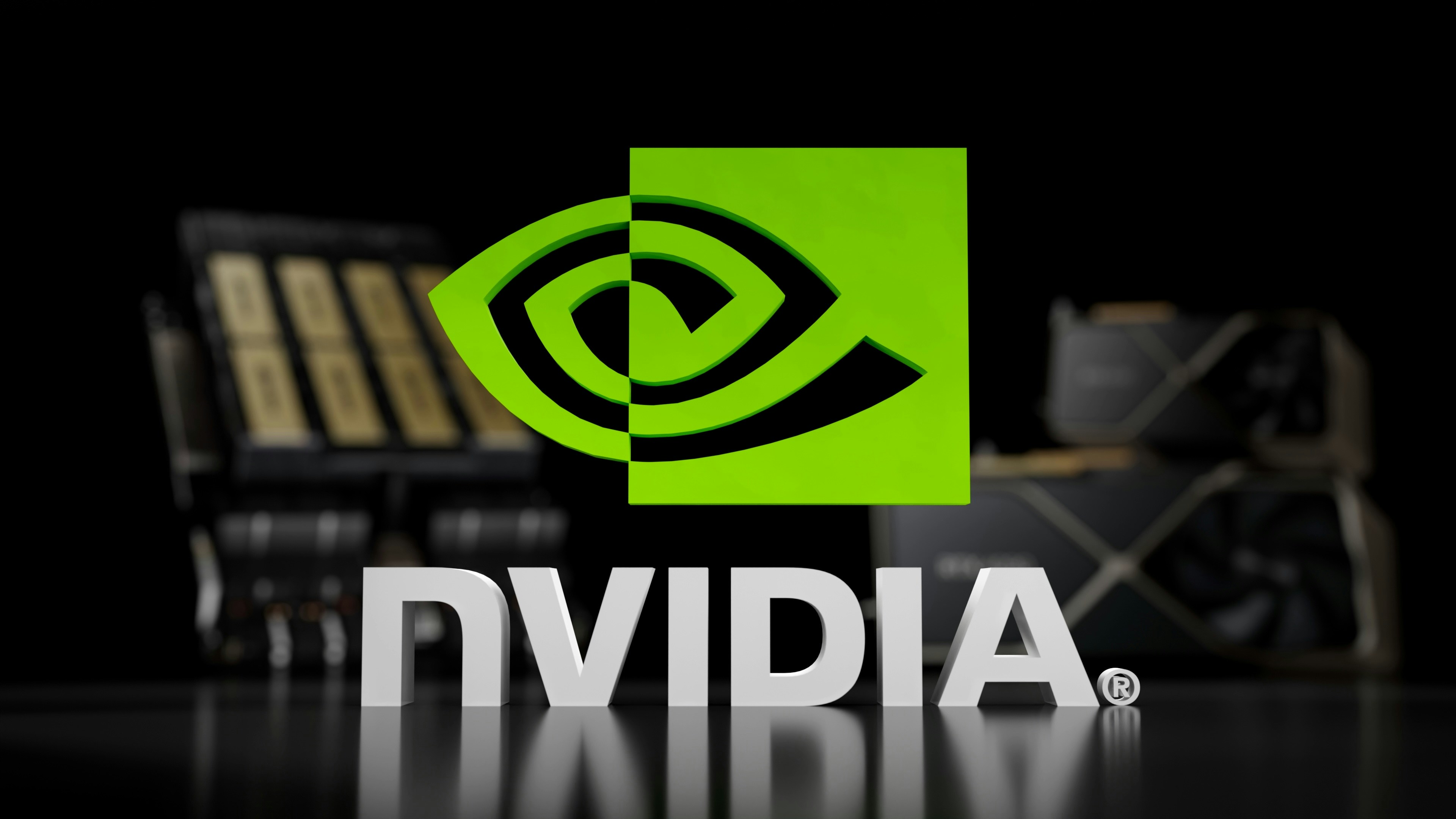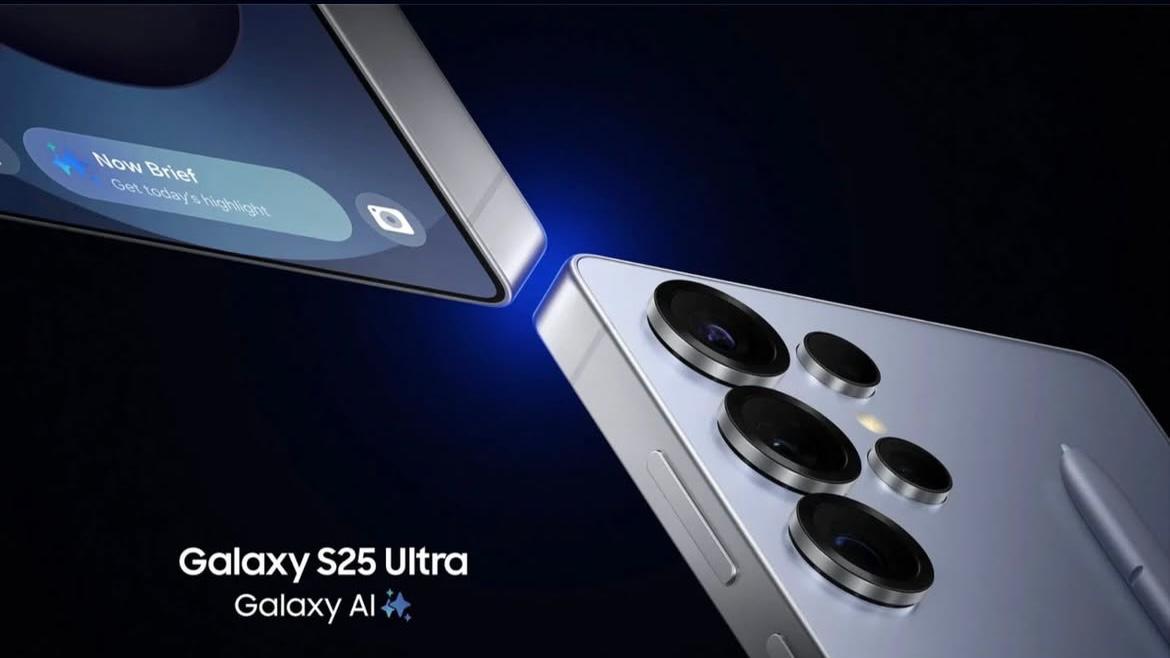
At CES 2025, NVIDIA's CEO, Jensen Huang, took the stage to unveil the highly anticipated RTX 50 series GPUs. This new generation of graphics cards, built on NVIDIA’s revolutionary Blackwell architecture, is set to redefine gaming, artificial intelligence, and creative workflows. The announcement included four new GPUs: the RTX 5090, RTX 5080, RTX 5070 Ti, and RTX 5070, each offering groundbreaking performance and efficiency improvements.
Pricing and Performance Expectations
One of the most discussed aspects of the RTX 50 series launch was the pricing. The RTX 5090 is priced at $1,999, making it more expensive than the previous flagship, the RTX 4090. Meanwhile, the RTX 5080 is priced at $999, surprisingly lower than the RTX 4080, which initially launched at $1,299. The RTX 5070 Ti comes in at $750, and the entry-level high-performance RTX 5070 is set at $550. Given the advancements in technology, some of these prices seem reasonable, especially when compared to the previous generation's pricing structure.
Jensen Huang made a bold claim during the CES 2025 keynote: the RTX 5070 is expected to perform at the same level as the RTX 4090, NVIDIA’s current most powerful GPU. If these claims hold true, this represents an unprecedented leap in performance. Gamers, content creators, and AI researchers alike are eager to see real-world benchmarks once the GPUs start launching in late March.
Introduction of DLSS 4.0
One of the most exciting developments showcased was NVIDIA’s Deep Learning Super Sampling (DLSS) 4.0. This AI-driven technology continues to push the boundaries of real-time rendering. DLSS 4 not only enhances resolution and frame rates but also introduces a new feature that generates frames beyond what was previously possible. This means smoother gameplay, higher frame rates, and improved image quality with minimal performance trade-offs. The demo presented at CES showcased its impressive capabilities, leaving attendees and online viewers eager to test it in real-world applications.
Blackwell Architecture: A New Era for GPUs
The RTX 50 series GPUs are built on NVIDIA’s Blackwell architecture, which promises unparalleled improvements in efficiency and raw computational power. Blackwell is the successor to the Ada Lovelace architecture and features a refined manufacturing process, which leads to better power efficiency and lower thermal output.
Some key highlights of the Blackwell architecture include:
92 billion transistors – an increase from the 76 billion found in the RTX 4090’s Ada Lovelace-based GPU.
4000 trillion operations per second – providing exceptional AI and computational power.
4 petaflop AI performance – an immense improvement for deep learning applications.
1.8 TB per second memory bandwidth – ensuring ultra-fast data transfer rates for gaming and AI workloads.
GDDR7 memory – offering significant improvements in bandwidth and efficiency over GDDR6X.
These advancements make the RTX 50 series not just a generational leap in gaming but also a powerhouse for AI-driven workloads. NVIDIA’s ability to intermix AI workloads with traditional computing and graphics rendering makes these GPUs incredibly versatile.
Cooling Innovations and Efficiency
The RTX 50 series also introduces a new vapor chamber cooling system, featuring a through-fan design for improved heat dissipation. This design enhances airflow and ensures that even under heavy workloads, the GPUs remain cool and efficient. The Blackwell chips are also more power-efficient compared to their predecessors, reducing power consumption without sacrificing performance.
To maintain performance consistency across different models, the Blackwell chip is strategically cut down for versions like the RTX 5070 and 5070 Ti. However, even in these models, the architectural improvements offer a significant performance boost over previous generations.
Next-Level Gaming Performance: 4K and 8K
The RTX 50 series is designed to deliver flawless 4K gaming performance and even playable 8K gaming. While 8K gaming has been more of a future-proof feature in past generations, the RTX 5090 promises near-perfect 8K gaming performance, a feat that was previously thought to be unattainable.
With support for HDMI 2.1, DisplayPort 2.0, and Variable Refresh Rate (VRR), the RTX 50 series GPUs will offer seamless compatibility with high-end monitors. This means ultra-smooth gaming at refresh rates up to 240Hz or more, making it an ideal choice for competitive gamers who demand low latency and high responsiveness.
AI-Powered RTX 5070 Laptop GPU
Another significant announcement was the introduction of the RTX 5070 laptop GPU, priced at $1,299. This GPU boasts 4,608 CUDA cores and 798 AI TOPS, offering impressive gaming and content creation performance while consuming half the power of a desktop RTX 4090. Jensen Huang attributed this efficiency to the power of artificial intelligence, which allows NVIDIA to optimize performance without increasing power consumption drastically.
The laptop GPU segment has seen remarkable improvements over the years, but the RTX 5070 laptop GPU takes things to another level. It offers desktop-class performance in a more portable form factor, making it an ideal choice for gamers, video editors, and AI researchers who need powerful hardware on the go.
The Future of AI and NVIDIA’s Vision
NVIDIA’s presentation at CES 2025 made it clear that artificial intelligence is at the core of its future roadmap. From DLSS 4.0 to AI-driven GPU optimizations, the company is pushing the boundaries of what GPUs can achieve. The Blackwell architecture’s ability to handle both AI and traditional graphics workloads seamlessly is a testament to NVIDIA’s innovation.
Moreover, these advancements aren’t just limited to gaming. AI-driven applications in fields like healthcare, autonomous driving, and data science will also benefit from the increased power and efficiency of the RTX 50 series.
Final Thoughts
The RTX 50 series marks a significant leap forward in gaming, AI computing, and GPU architecture. With next-generation cooling, DLSS 4.0, GDDR7 memory, and an architectural overhaul, NVIDIA has set the stage for the future of high-performance computing. The RTX 5090’s 8K gaming potential, the incredible efficiency of the RTX 5070, and the AI-driven optimizations across the lineup make this series one of the most exciting GPU releases in recent years.
As we approach the late March launch, gamers, content creators, and AI researchers eagerly await real-world performance tests. If NVIDIA’s claims hold true, the RTX 50 series could redefine our expectations of what’s possible with consumer GPUs. Whether you’re an esports enthusiast looking for ultra-high refresh rates, a professional working with AI models, or a casual gamer who wants the best visuals, the RTX 50 series promises to deliver a next-level experience.
Asif Bc
Aspiring blogger in Kerala sharing insights on technology and mental health to inspire mindful living.

.jpg)


0 Comments